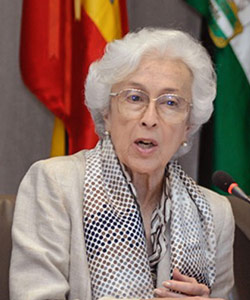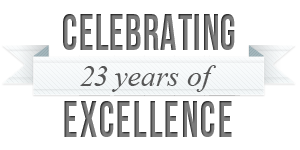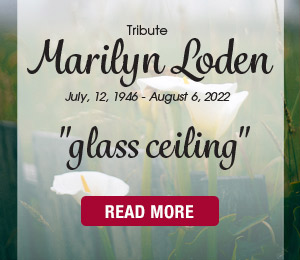Myrtha B. Casanova: Diversity Is Not Just a Concept: It Is a Mandatory Strategy
By Myrtha B. Casanova, European Institute for Managing Diversity (EIMD)

The evidence of global diversity as the fundamental characteristic of this era is unquestionable. But it has not spurred the corporate or political governance communities to understand that the mega-differences of peoples from different cultures, demographic profiles, and areas of the world are the cause of the major conflicts that endanger humanity. These differences also generate innovation at companies, such as Google, Facebook, and Henkel, in which D&I management is a corporate policy.
Today’s world started yesterday … of course
The roots of today’s diversity and inclusion strategies lie in the work of many scientists, scholars, business visionaries, and others. For almost half a century, thought leaders have discussed the issues, and the possibilities, raised by diversity and inclusion. The following is a list of the names of some of those who studied the topic, as well as their findings, strategies, and proposed models of diversity management:
- In the 1970s, members of the scientific community Abernathy and Utterback identified diversity as the singular characteristic of the 21st century.
- In the 1980s, Johnston and Packard established that diversity generates conflict, which must be managed.
- In the 1990s, Cox and Blake concluded that well-included human groups generate innovation and, therefore, human development.
- In the 2000s, Adler, Richard and Shelor, among others, shyly introduced the idea of making diversity part of the academic curriculum.
- In 2003, Richard Garner, founder of the Centre for Strategy and Evaluation Service (CSES), clearly established the business case for diversity.
- In 2003, the EIMD conducted global research to analyze the inclusion of diversity studies at academic institutions. Results showed that, at that time, only 3 percent of universities had introduced diversity as a subject in their institutions. When repeated in 2008, in a research project carried out for the EU, the figure had risen to 9.7 percent—still short of the desired number. Only when diversity management is part of the academic curriculum do new graduates, as they enter corporate roles or occupy administration posts, implement the strategy in their professional lives.
- In 2005, scientists like Nigel Bassett-Jones, Richard and Shelor, and Gonzalo Sanchez Gardey proposed models for corporate diversity management.
- In 2011, diversity issues, which had been under the Director General of Labor and Social Affairs, were passed on to DG Justice. Ending discrimination became a social, economic, and legal mandate.

The world of tomorrow starts today
If it was a challenge 15 years ago to describe a vision of diversity and inclusion today, forecasting the diverse dimension of the world tomorrow is pure science fiction. Nevertheless, actions must be taken in order to safeguard equal treatment, control conflicts, and foster corporate and governance results. The following are 10 actions crucial for success:
- Educate: Address stereotyping (unconscious bias) in order to eliminate discrimination and foster inclusion.
- Academic activity: Conduct research and share expert knowledge regarding diversity management as a business case and as governance.
- Start-ups: Each new company must begin with a diverse workforce as the basis for sustainability, and to ensure that it will be able to anticipate change in volatile, uncertain, complex, and ambiguous (VUCA) future scenarios; it is very difficult to transform corporate behavior in companies with long-established cultures.
- Workforce: The workforce must always reflect the diversity of changing external agents in a continuous system of contextual transformation due to the impact of diversity in all fields of activity.
- Blind selection: Ensure that talent is recruited and promoted based on talent and qualifications, without regard for diverse profile
- Value talent: Consider individual efficiency and contribution to corporate sustainability, rather than time spent at work
- Create diverse teams, in private and public organizations, to avoid conflict, support innovation, and advance toward sustainable growth
- Quotas: Numbers should never set strategies—they should only measure whether strategies are met; “Recruit 20 percent more women” is not an efficient objective, since being female guarantees neither the talent required for a job nor the value contributed to corporate results. Companies must recruit and select the best-qualified candidates. If this results in a 30 percent increase in hiring women, it is evidence of the richness of diversity. This is equally valid when addressing profiles of age, ethnicities, disability, cultures, religions/beliefs, languages, or sexual orientation.
- Visibility: Share the strategies and results of organizations that successfully manage diversity and inclusion in order to spur a desire to emulate their diverse and transformational scenarios.
- Scenario building: Companies must include forecasting as a constant corporate activity in order to know how to select and prepare leaders who can take the company into a sustainable future of exponential diverse growth.

Myrtha B. Casanova
European Institute for Managing Diversity







